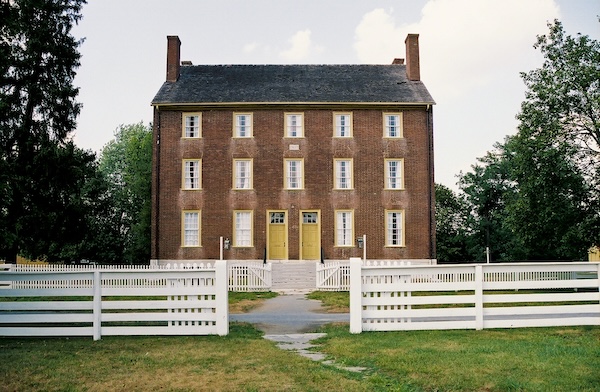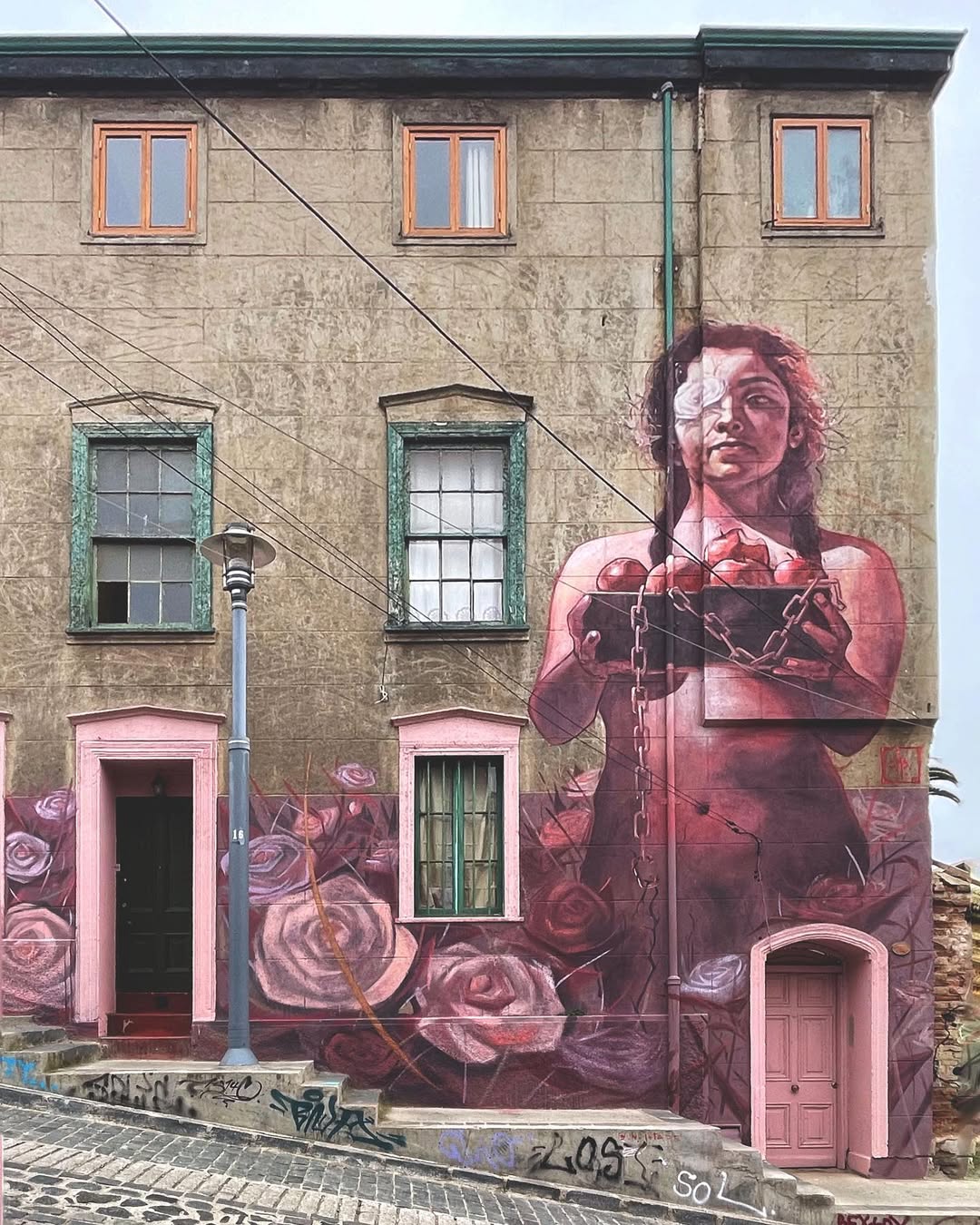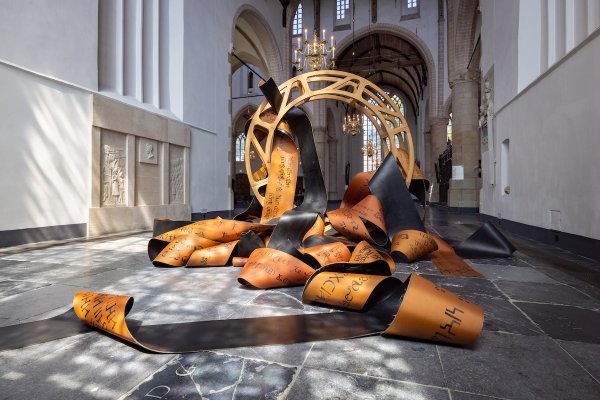
A Monist Nightmare
Hell, says Sartre in Huis Clos, is other people: their power to define me is a threat to my freedom. In Cormac McCarthy’s novel The Road, set in postapocalyptic America, the hero steers clear of every other human being. Any stranger is assumed to be a threat to life itself.
Munch, too, in The Scream has given us a powerful evocation of what it feels like to experience the reality of modernist anthropology, isolated in our own mind, and yet unavoidably trapped in the world with everyone else.
I used to think the scream of the title was the figure screaming with existential terror, but Munch tells us that the scream is not just in the figure; it is in nature. He wrote about the origins of the painting: ‘One evening I was walking along a path, the city was on one side and the fjord below. I felt tired and ill. I stopped and looked out over the fjord – the sun was setting, and the clouds turning blood-red. I sensed a scream passing through nature; it seemed to me that I heard the scream. I painted this picture, painted the clouds as actual blood. The colour shrieked.’
Munch is describing a form of synaesthesia, a subject that fascinated the Expressionists as it had the Romantics, the idea that our senses can set one another off. A colour might be associated with a sound, or a shape might evoke a taste. Here Munch sees the colours in the sunset and hears a scream. The human condition is read into the landscape. Humanity and the whole created order merge into a monist nightmare.
The work is roughly painted on cardboard, with lurid colours. The figure is human, but only just. You can’t tell if it is male or female. The head, devoid of hair, seems more like a skull. But the dark pinpoints of the irises make clear that there is a real, living person in there, experiencing the horror of existence. The mouth twisted through 90 degrees, channeling the scream. Or perhaps this poor individual is screaming to try to block out the sound of nature?
Munch underscores the subject’s solitude. The exaggerated perspective pushes everything else away, where the rest of humanity is in pairs – two figures in the distance on the left; two boats in the harbour. The subject is solitary, back turned to the others. And putting your hands over your ears – such an instinctive reaction – in fact only serves to isolate you even more.
And yet there is no escape. The figure is boxed in by the colours of the sky reflected by the earth below. Nature is reduced to blurred, swirling lines that echo the shapes of the figure, while also suggesting the turmoil in the person’s head.
This painting has long been recognized as an iconic image of the modern age, uncertain and subject to a dread anxiety that has to be blanked out by consumerism and hedonism or to be disarmed by an ironic embrace. You can buy T-shirts with the scream on it; a pub chain called ‘It’s a scream’ uses the image. We even have a Scream emoji for fake distress when your Dad doesn’t know who Adele is or your Mum can’t sort out the photos on her phone.
But such domestication of Munch’s horror is a loss. His is an evocative image of what is feels like to live the Enlightenment dream. To be on your own in your head, to feel separate from others, separate from nature, and yet still to be unavoidably part of it. It does look like hell. To see the beauty of a sunset but experience it as a source of terror; to share the world with others but be unable to connect with them. This does seem tragic beyond words.
For Christians The Scream is a valuable object for contemplation, a powerful counterpoint to the revelation that reality is not monist but Trinitarian. There are three distinct persons in the Godhead, living in permanent, joyful relationship with each other. This relational God is distinct from his creation even as he imbues it with his love. That we are indeed individuals in the physical world, but also spiritual beings made for love, with God and with one another.
The work of the gospel is a ‘ministry of reconciliation’ (2 Corinthians 5:18). In Christ all things hold together (Colossians 1:17) and the great goal of God’s plan of salvation to bring all things together under Christ (Ephesians 1:10) will not be a monist nightmare, but an eternity of joyful, loving relationships in the renewed creation.
**********
Edvard Munch: The Scream, 1893, oil on cardboard, 91 x 73.5 cm; Oslo: National Gallery.
An exhibition ‘Edvard Munch: Love and Angst’ opens at the British Museum, London, England, on 11 April, and runs to 21 July.
Edvard Munch (1863-1944) was one of Modernism's most significant artists. He was active throughout more than sixty years, from the time he made his debut in the 1880s right up to his death in 1944. Munch was part of the Symbolist movement in the 1890s and a pioneer of Expressionist art from the beginning of the 1900s onward. His tenacious experimentation with painting, graphic art, drawing, sculpture, photo and film has given him a unique position in Norwegian as well as international art history.
Nigel Halliday is a freelance teacher and writer in the history of art and one of the leaders of Hope Church, Greatham, in the UK. See www.nigelhalliday.org.
ArtWay Visual Meditation February 3, 2019
%20(1).png)












